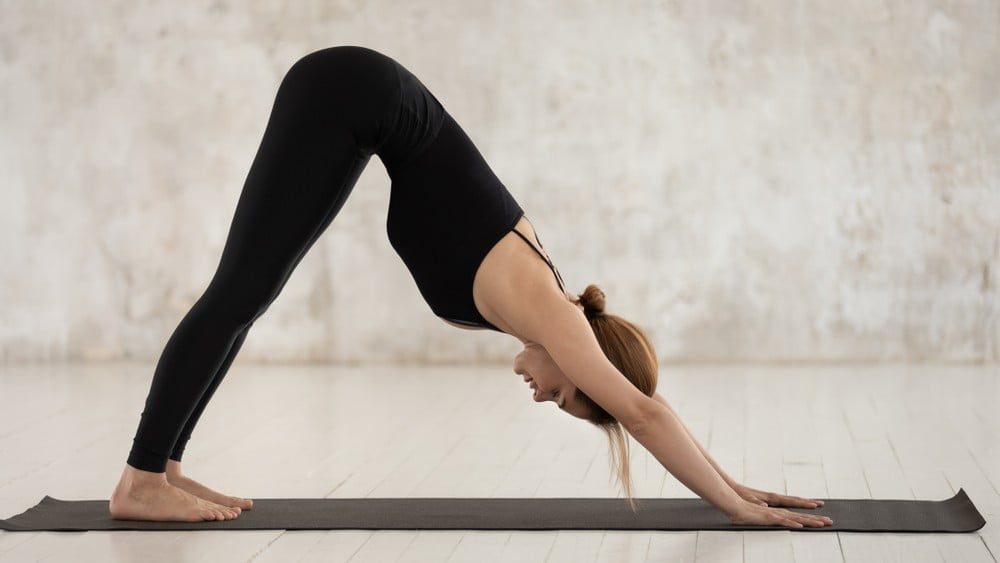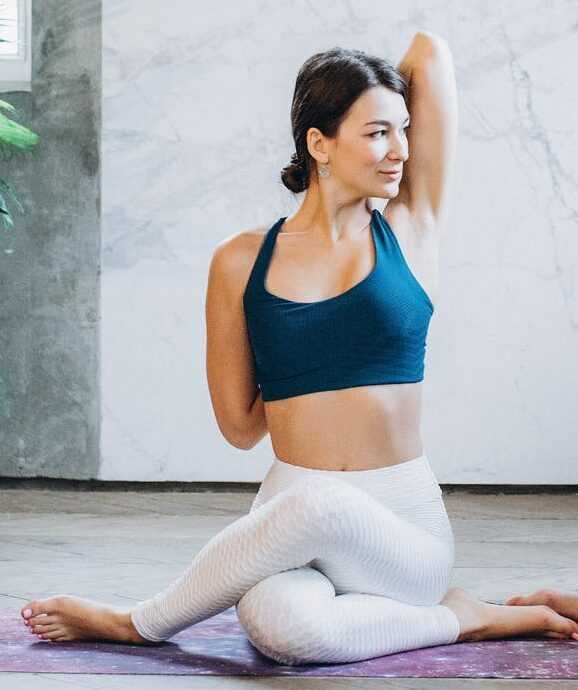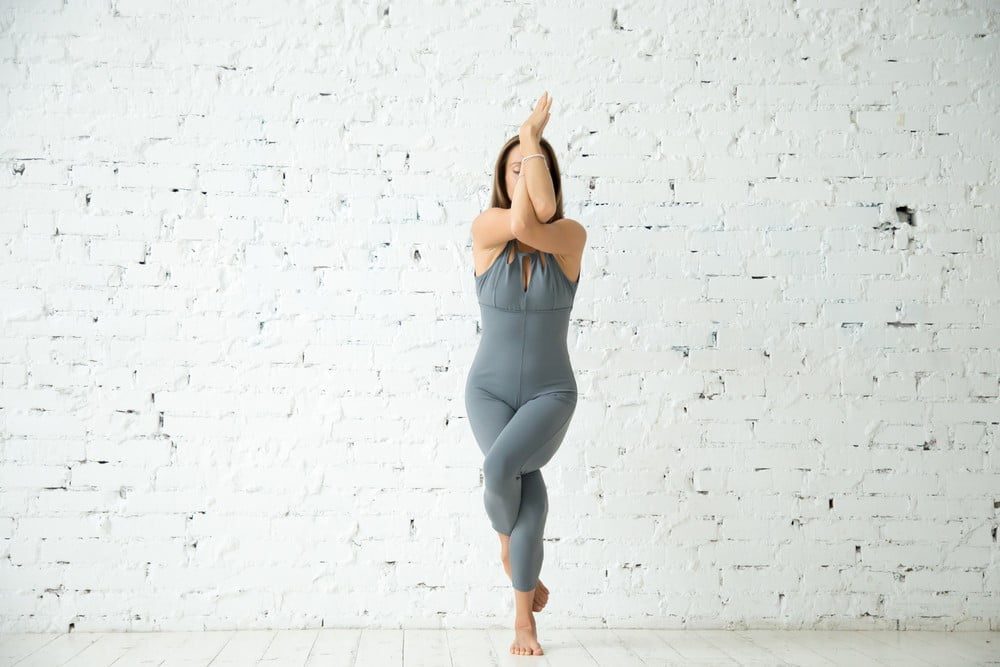Yoga is a holistic practice that not only benefits the body but also the mind and spirit. It offers numerous physical advantages, such as increased flexibility, improved muscle strength, and enhanced posture. However, certain yoga poses can put strain on the rotator cuff, a group of muscles and tendons that stabilize the shoulder joint.
The rotator cuff is highly prone to injuries, especially if not properly cared for and strengthened. Therefore, it is crucial to incorporate specific yoga poses into your practice that help prevent rotator cuff injuries. In this article, we will explore some of the best yoga poses that focus on strengthening and protecting the rotator cuff, ensuring a safe and enjoyable yoga experience.
What is Rotator Cuff?
The rotator cuff is a group of muscles and tendons that surround the shoulder joint, providing stability and allowing for a wide range of motion. It consists of four main muscles: the supraspinatus, infraspinatus, teres minor, and subscapularis.
These muscles work together to help lift and rotate the arm. The tendons of the rotator cuff attach these muscles to the shoulder bones, keeping the joint in place. The rotator cuff is prone to injuries, such as tears or strains, which can cause pain, weakness, and limited mobility in the shoulder.
Physical therapy, medication, and in severe cases, surgery, are common treatment options for rotator cuff injuries. Regular exercise and proper form during physical activity can help maintain the strength and flexibility of the rotator cuff muscles and prevent future injuries.
best Yoga Poses To Prevent Rotator Cuff Injury with how to do?
Here are some of the best yoga poses to prevent rotator cuff injuries, along with instructions on how to perform them correctly:
1. Downward-Facing Dog Pose (Adho Mukha Svanasana).

– Start on your hands and knees, with your hands shoulder-width apart and knees hip-width apart.
– Exhale and lift your knees away from the floor, straightening your legs as much as possible.
– Press your hands firmly into the mat, spreading your fingers wide.
– Lengthen your spine and engage your core, allowing your shoulder blades to move down your back.
– Keep your head in line with your arms, and gaze towards your navel.
– Hold this pose for 5-10 breaths, gradually increasing the duration as you progress.
2. Cow Face Pose (Gomukhasana).

– Sit on the floor with your legs extended in front of you.
– Bend your right knee and cross it over your left leg, placing your right foot beside your left hip.
– Bend your left knee and bring your left foot over your right leg, placing it beside your right hip.
– Reach your right arm overhead, bending it at the elbow, and bring it down towards your upper back.
– Reach your left arm behind your back, bending it at the elbow, and try to clasp your fingers together.
– Hold this pose for 5-10 breaths, then repeat on the opposite side.
3. Eagle Pose (Garudasana).

– Start standing with your feet hip-width apart.
– Bend your knees slightly and lift your right leg, crossing it over your left leg.
– Hook your right foot behind your left calf if possible.
– Extend your arms straight in front of you at shoulder height.
– Cross your left arm over your right arm, bending both elbows, and try to bring your palms together.
– Lift your elbows towards shoulder height while keeping your shoulders relaxed.
– Hold this pose for 5-10 breaths, then repeat on the opposite side.
4. Thread the Needle Pose (Parsva Balasana).
– Begin on all fours, with your wrists directly under your shoulders and your knees under your hips.
– Slide your right arm underneath your left arm, bringing your right shoulder and temple to the mat.
– Extend your left arm forward, placing your palm on the floor.
– Rest your right cheek on the mat and allow your upper back to gently twist.
– Hold this pose for 5-10 breaths, then repeat on the opposite side.
5. Extended Triangle Pose (Utthita Trikonasana).
– Stand with your feet wide apart, approximately 3-4 feet apart.
– Turn your right foot out 90 degrees and pivot your left foot slightly inward.
– Extend your arms out to the sides, parallel to the floor.
– Hinge at your right hip, reaching your right hand towards your right shin, ankle, or the floor.
– Extend your left arm straight up towards the ceiling, aligning it with your shoulders.
– Gently gaze up towards your left hand or down towards your right foot.
– Hold this pose for 5-10 breaths, then repeat on the opposite side.
 Tips FitnessQuora.com Tips FitnessQuora.comRegularly practicing these yoga poses can help strengthen the muscles surrounding the rotator cuff, improve flexibility, and enhance overall shoulder stability. Remember to always listen to your body, modify poses if needed, and seek guidance from a qualified yoga instructor if you’re new to these poses or have pre-existing shoulder issues. |
Does Yoga Really Prevent Rotator Cuff Injury?
There is evidence to suggest that practicing yoga can indeed help prevent rotator cuff injuries. The rotator cuff is a group of muscles and tendons that surround the shoulder joint, and they are prone to strains and tears due to repetitive overhead movements or trauma.
Yoga exercises, such as shoulder stretches and strengthening poses, can improve the flexibility and stability of the shoulder joint, reducing the risk of injury. Additionally, yoga promotes overall body awareness and proper alignment, which can prevent strain on the rotator cuff during daily activities or other forms of exercise.
However, it is important to note that individual factors, such as previous injuries or underlying conditions, can also contribute to the risk of rotator cuff injuries. Therefore, while yoga can be beneficial, it should be practiced with proper technique and under the guidance of a qualified instructor.
Bottom Line.
Incorporating yoga poses into your fitness routine can be a highly effective way to prevent rotator cuff injuries. By improving shoulder stability, increasing flexibility, and strengthening the muscles surrounding the rotator cuff, yoga helps to create a solid foundation for proper shoulder mechanics.
Regular practice of above mentioned yoga poses can significantly reduce the risk of rotator cuff injuries, allowing individuals to engage in various physical activities without the fear of shoulder pain or limitations.
It is important to note that proper form and alignment should always be emphasized during yoga practice to maximize the benefits and minimize the risk of injury.
So, whether you are an athlete, a fitness enthusiast, or simply looking for ways to maintain shoulder health, incorporating yoga poses into your routine can be a valuable asset in preventing rotator cuff injuries.


 Workout
Workout
 Meditation
Meditation





 Contact Us
Contact Us





